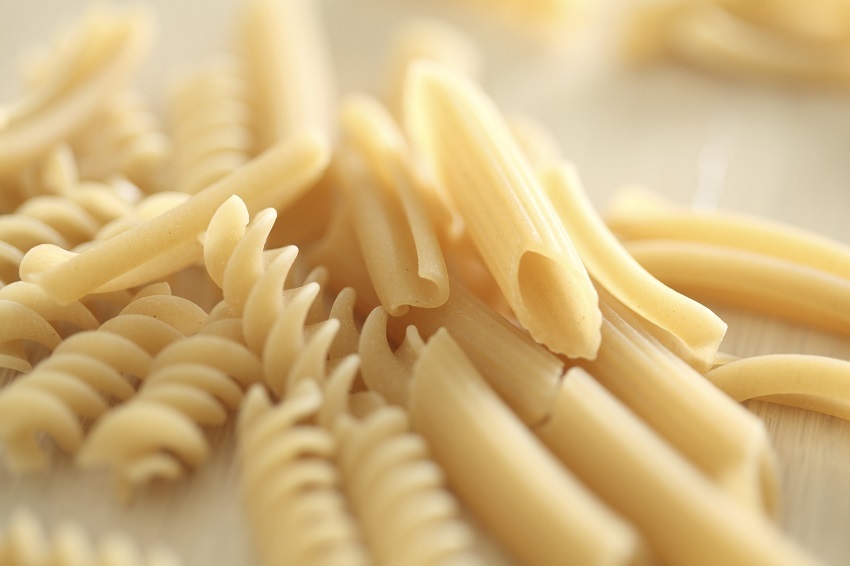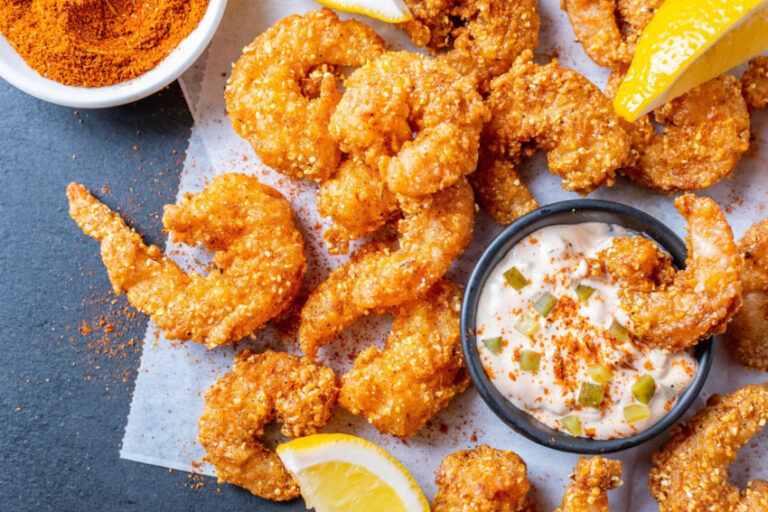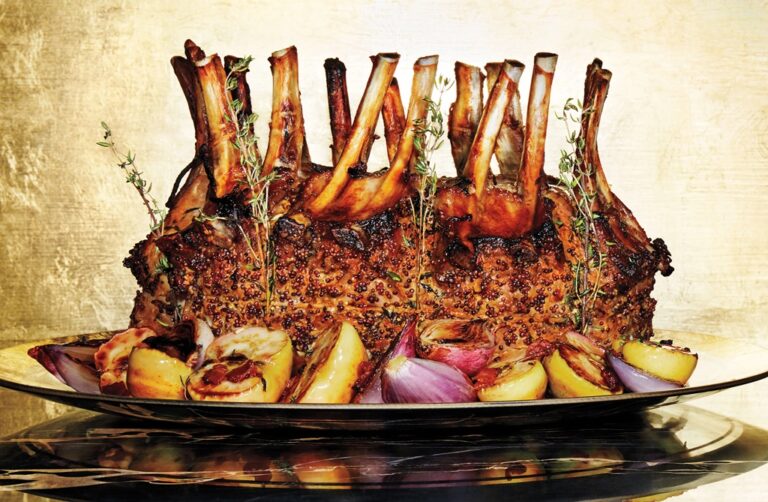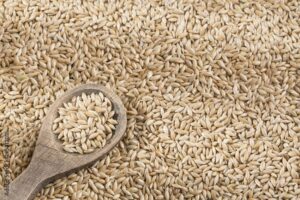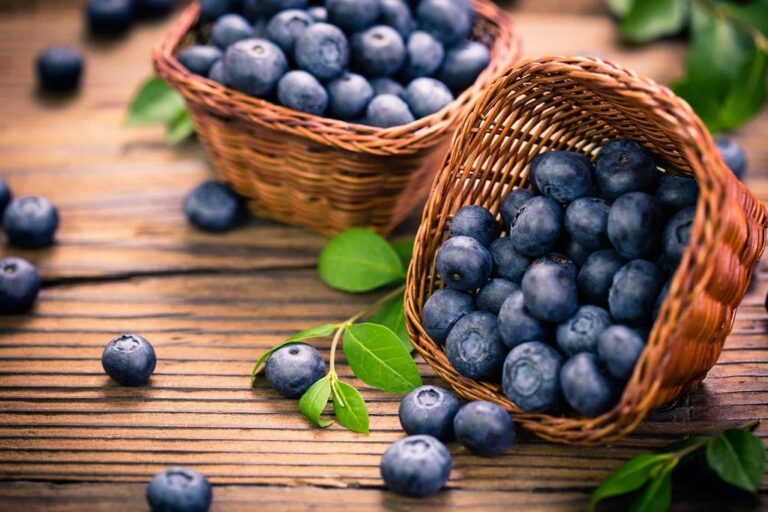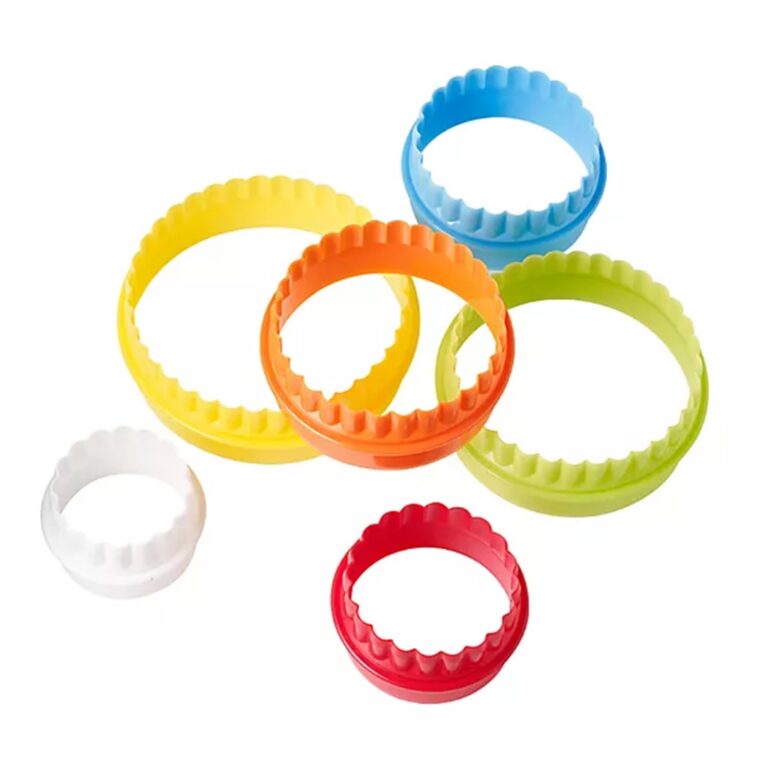In today’s health-conscious world, the search for nutritious and wholesome food choices has led many people to explore alternatives to traditional wheat-based pasta. One such option that has gained popularity is brown rice pasta. But the question remains, is brown rice pasta considered a processed food? Let’s delve into the details to understand what makes brown rice pasta a compelling choice for health-conscious individuals and whether it truly fits the definition of a processed food. This article is provided by smartpastamaker.com
Unraveling the Mystery of Processed Foods
Before we explore the specific attributes of brown rice pasta, it’s essential to understand what processed foods are and why they often come under scrutiny. Processed foods are those that have undergone various mechanical or chemical processes to alter their natural state. These processes may include cooking, canning, freezing, pasteurization, and adding preservatives or artificial ingredients. The concern with some processed foods lies in the potential loss of nutritional value and the addition of unhealthy components, such as excessive salt, sugar, or unhealthy fats.
The Wholesome World of Brown Rice Pasta
Brown rice pasta, on the other hand, presents itself as a promising alternative to traditional wheat pasta. It is typically made from whole-grain brown rice flour, which retains the bran and germ layers, making it a more nutrient-dense option than refined wheat pasta. Whole grains like brown rice provide essential vitamins, minerals, fiber, and antioxidants that are stripped away during the refining process of wheat. Is brown rice pasta healthy? Explore now.
The Production Process of Brown Rice Pasta
To create brown rice pasta, the whole-grain brown rice kernels are ground into a fine flour, which serves as the base ingredient. This flour is then mixed with water to form a dough, which is extruded through special molds to achieve the desired pasta shapes. The next step is drying the pasta to remove excess moisture, ensuring a shelf-stable product. No additives or preservatives are typically used in the production of high-quality brown rice pasta.
A Gluten-Free Delight
One of the main advantages of brown rice pasta is its gluten-free nature. Gluten is a protein found in wheat, barley, and rye, and it can cause digestive issues for individuals with celiac disease or gluten sensitivity. Brown rice pasta offers a safe and delicious alternative for those who need to avoid gluten in their diet, without compromising on taste and texture.
Is Brown Rice Pasta Processed?
Now, let’s address the crucial question: Is brown rice pasta considered a processed food? While it does undergo a production process, it is important to differentiate between “processing” and “processed.” The process involved in making brown rice pasta is primarily mechanical, where whole-grain brown rice is milled and transformed into pasta. Unlike heavily processed foods that may contain artificial additives and preservatives, brown rice pasta retains its natural integrity and nutritional value.
Understanding the Spectrum of Processing
To further clarify, foods can fall on a spectrum of processing, ranging from minimally processed to heavily processed. Brown rice pasta would be categorized as a minimally processed food because it undergoes minimal alterations during its production. The absence of additives, artificial flavors, and unhealthy components distinguishes it from heavily processed items found in the aisles of many supermarkets.
Nutritional Benefits of Brown Rice Pasta
Brown rice pasta is not only a great gluten-free option but also a nutritional powerhouse. Here are some of its notable benefits:
1. Rich in Fiber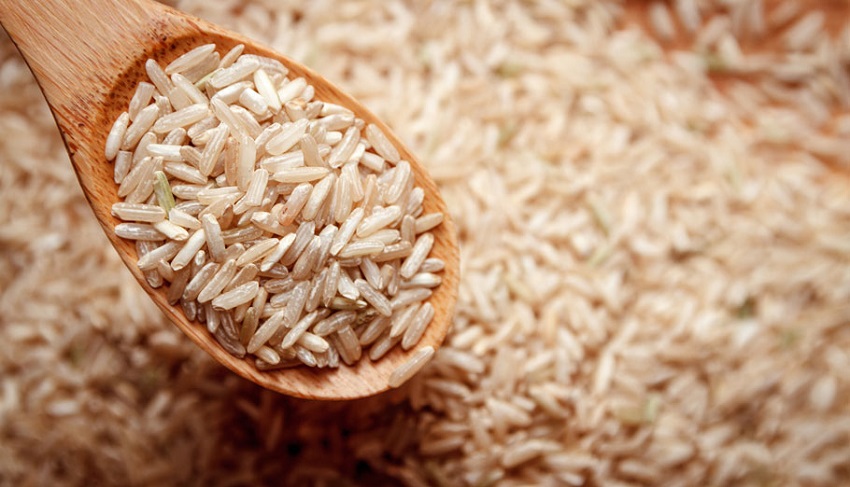
Brown rice pasta contains a higher fiber content compared to traditional refined pasta. Fiber aids in digestion, promotes a feeling of fullness, and helps stabilize blood sugar levels.
2. Packed with Nutrients
It is a good source of essential nutrients such as manganese, magnesium, phosphorus, and B vitamins. These nutrients play crucial roles in various bodily functions.
3. Low Glycemic Index
The glycemic index (GI) measures how quickly a food raises blood sugar levels. Brown rice pasta has a lower GI compared to wheat pasta, making it a better choice for individuals aiming to manage their blood sugar levels.
4. Heart-Healthy
The presence of whole grains in brown rice pasta is associated with a reduced risk of heart disease. The fiber and beneficial compounds found in whole grains contribute to cardiovascular health.
Cooking and Enjoying Brown Rice Pasta
Cooking brown rice pasta is similar to preparing traditional pasta. Simply boil water, add a pinch of salt, and cook the pasta until it reaches the desired texture. It is important to follow the instructions on the packaging for optimal results. Once cooked, brown rice pasta can be paired with various sauces, vegetables, and proteins to create a delicious and wholesome meal.
Conclusion
Brown rice pasta is a nutritious and delicious alternative to traditional wheat pasta. It is not a heavily processed food but rather falls under the category of minimally processed foods. With its gluten-free nature and numerous health benefits, brown rice pasta is an excellent choice for individuals seeking to make healthier food choices.
By incorporating brown rice pasta into your diet, you can enjoy a variety of dishes while reaping the nutritional rewards it offers. Remember to embrace a balanced diet that includes a wide range of whole foods to promote overall health and well-being.
So, the next time you’re considering a pasta dish, why not give brown rice pasta a try? Your taste buds and your body will thank you for this wholesome and delightful culinary adventure.

